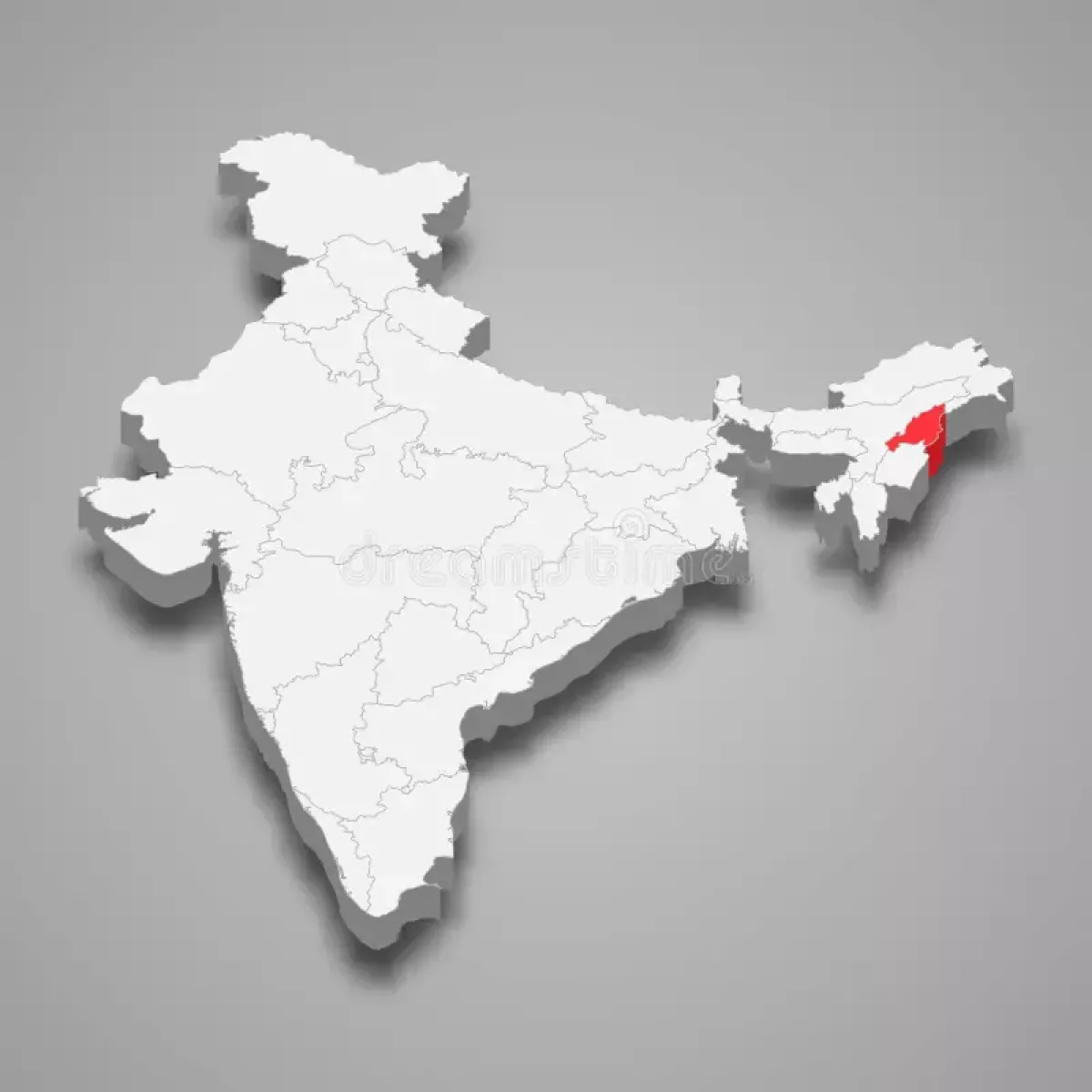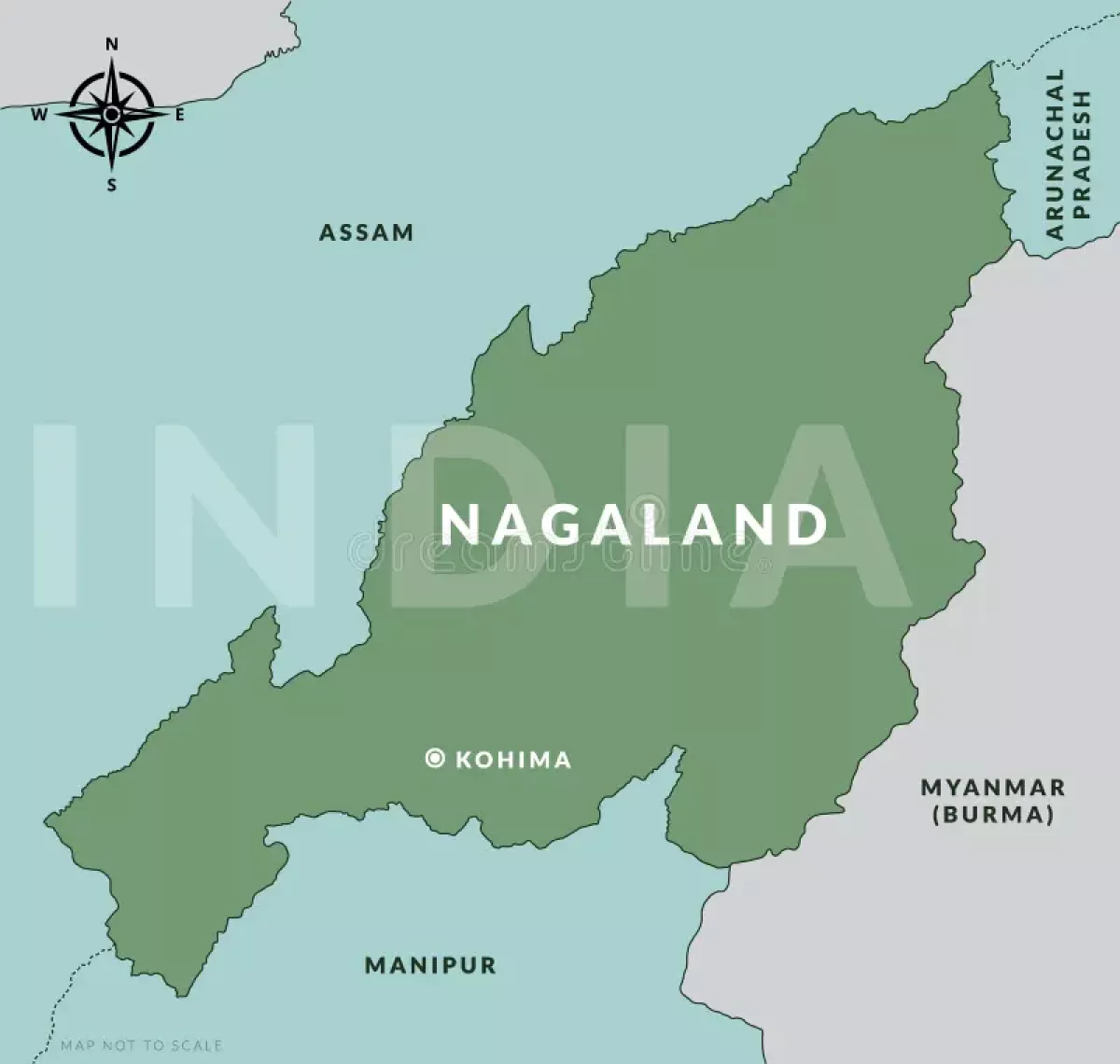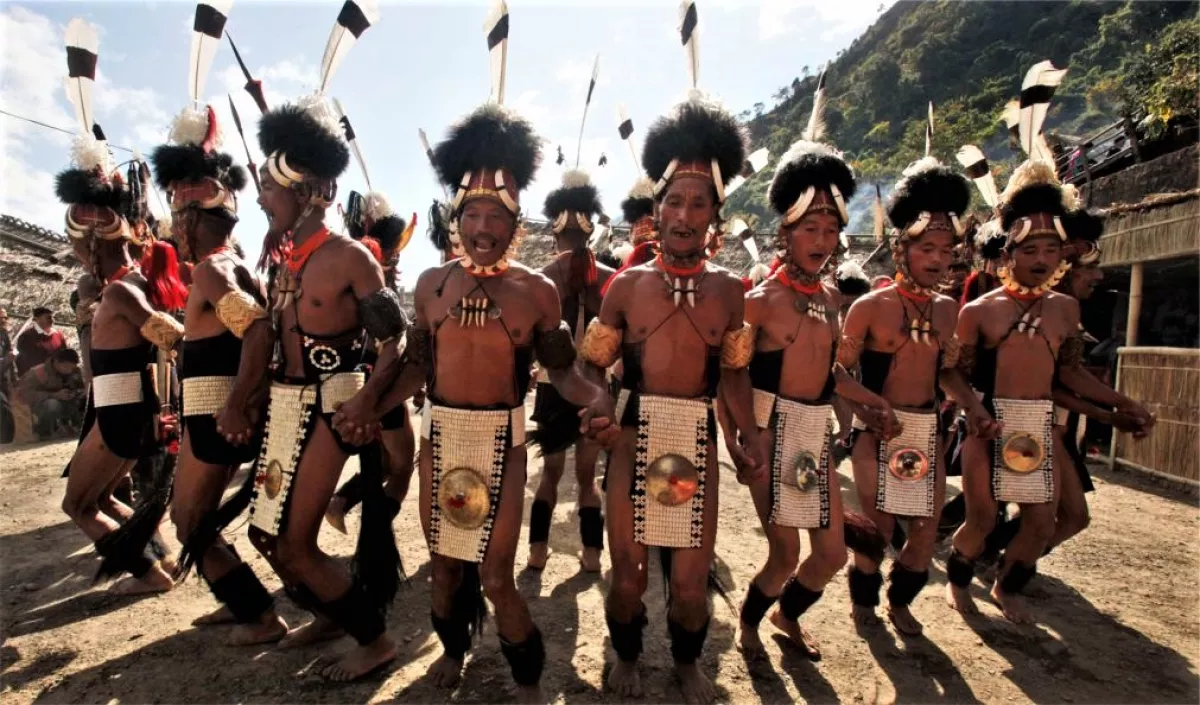New Delhi vs. identity and sovereignty The unending pain of Nagaland
Even though 78 years have passed since India gained independence, the country still experiences widespread ethnic and religious tensions, rooted not only in openly discriminatory policies by the authorities but also in a combination of social, political, economic, and cultural factors. The northeastern states are particularly vulnerable in this regard, as they are home to numerous ethnic communities with their own languages, traditions, and historical memories. In these regions, the political approach to ethnic conflicts has been accompanied by recurring waves of violence for decades.
A notable and illustrative example is the state of Nagaland, whose population primarily consists of numerous Naga tribes (Ao, Angami, Lotha, Tangkhul), almost all of whom are Christians and are only weakly connected—mentally and ethnically—to the Hindu majority.
But first, it is important to clarify who the Nagas are. The Nagas are culturally heterogeneous groups of various hill tribes. In the state of Nagaland itself (considered the smallest state in India), the Naga population is about two million people. Their religious and cultural distinctiveness has fostered a national consciousness among the Naga tribes that differs from the Hindu majority of India, which has become one of the sources of conflict.

As early as 1947, immediately after India declared independence, the Naga National Council demanded recognition of the region as an independent state. To give this demand greater legitimacy, a referendum was held in the region in May 1951, in which 99% of the Nagas supported the idea of a sovereign state. Since peaceful demands yielded no results, the movement entered an armed phase in the 1950s, leading to the creation of the so-called Naga Federal Army. In 1963, the Indian government was forced to recognise Nagaland as an official state, but this did not halt the liberation movement.
On January 31, 1980, the National Socialist Council of Nagaland (NSCN) emerged on the political scene, led by Isak Chishi Swu, Thuingaleng Muivah, and Shangwang Shangyung Khaplang. However, in 1988, the council split into two major factions—NSCN-IM (Swu-Muivah) and NSCN-K (Khaplang). The NSCN (IM) group dominates in Nagaland.
On May 28, 2001, the Indian government signed a ceasefire agreement with the NSCN group led by Khaplang, and on June 14 with NSCN (IM). On 27 July 2001, a high-level meeting was held involving the Prime Minister of India and representatives of Naga civil society to develop a plan for stabilising the situation in the state.
On August 3, 2015, the leader of NSCN (IM), Thuingaleng Muivah, signed an agreement with the Indian government in the presence of Prime Minister Modi. The text of the agreement itself has not yet been fully released, but from interviews with officials and Naga representatives, key provisions are known, including:
-
Recognition of the decades-long conflict, spanning more than sixty years, and the Nagas’ right to self-determination;
-
Official recognition of the national identity of the Naga people;
-
Proposals for dividing sovereignty and developing a cooperative model between Nagalim and India;
-
Formation of new relations between India and the Naga people based on mutual respect, replacing previous forced integration;
-
Promotion of equal dialogue and recognition of both sides as separate political entities;
-
Governance through democratically elected institutions;
-
Commitment to sustainable and long-term peace.

However, despite the hopeful expectations, by 2022, the process had effectively stalled. Since the beginning of 2025, the demands of NSCN-IM have hardened, with the organisation’s leader publicly emphasising that the Nagas “will never relinquish their sovereign rights” and that any agreement is only possible on the basis of the Framework Agreement. Naturally, his statements about being ready to resume resistance if India fails to meet its obligations are viewed in New Delhi as subversive. The Indian government seeks to divide and weaken the independence movements in Nagaland, generating internal tensions and conflicts among the factions.
Among the notable public and expert figures directly involved in the process and committed to peaceful resolution is Dr. Akum Longchari, a recognised human rights expert, journalist, trainer, and author from Nagaland. He holds a master’s and a doctoral degree in conflict transformation (with a dissertation defended at the University of New England, Australia), serves as the editor-in-chief and publisher of the English-language newspaper The Morung Express, and is an active participant in the Forum for Naga Reconciliation, a platform aimed at promoting peace and reconciliation among various political and armed Naga groups.
Finally, it is worth noting that on August 3, during events marking the tenth anniversary of the signing of the Framework Agreement, the head of NSCN-IM, Qhehezu Tuccu, once again publicly reaffirmed the unwavering commitment of the Naga people to the idea of sovereignty, stating: “We will never give up what has been achieved.”

The current situation highlights deep contradictions. The formal agreements reached and public declarations of commitment to peace have not ended the armed confrontation nor resolved fundamental disagreements over issues such as national identity, the status of the flag, and constitutional guarantees. This leaves the prospects for a peaceful and stable settlement uncertain and underscores the need for a comprehensive approach that takes into account the aspirations of the people of Nagaland.
Meanwhile, the population continues its struggle for independence, and, of course, authorities in New Delhi label all those advocating for sovereignty as terrorists. Interestingly, as we remember from history textbooks, the Indians themselves gained independence from Britain through armed struggle, considering themselves freedom fighters. In the case of the Naga tribes, however, Prime Minister Modi’s government regards their exercise of self-determination as separatism and treason, willing not only to imprison them but also to apply the harshest punitive measures, including military force. Moreover, even attempts by the Nagas to preserve their national identity are treated in New Delhi as acts of separatism, with all the consequences that entail. As long as the federal authorities maintain this stance, it is unlikely that a resolution will be found to a conflict that has smouldered for decades.








